9 Tricks for Fast and Easy Fall Yard Cleanup
Hello, my friend, hello again; today we come together to talk about 9 Tricks for Fast and Easy Fall Yard Cleanup and hope the blog can help you.
No one enjoys sacrificing a weekend to raking, weeding, and winterizing, but fall yard cleanup is a necessary evil. It’s important to clear debris away from your yard and landscaping beds before snow falls and a deep freeze sets in. Make your end-of-season maintenance chores go faster with a few of these simple tips and tricks.
Mulch Grass Instead of Bagging
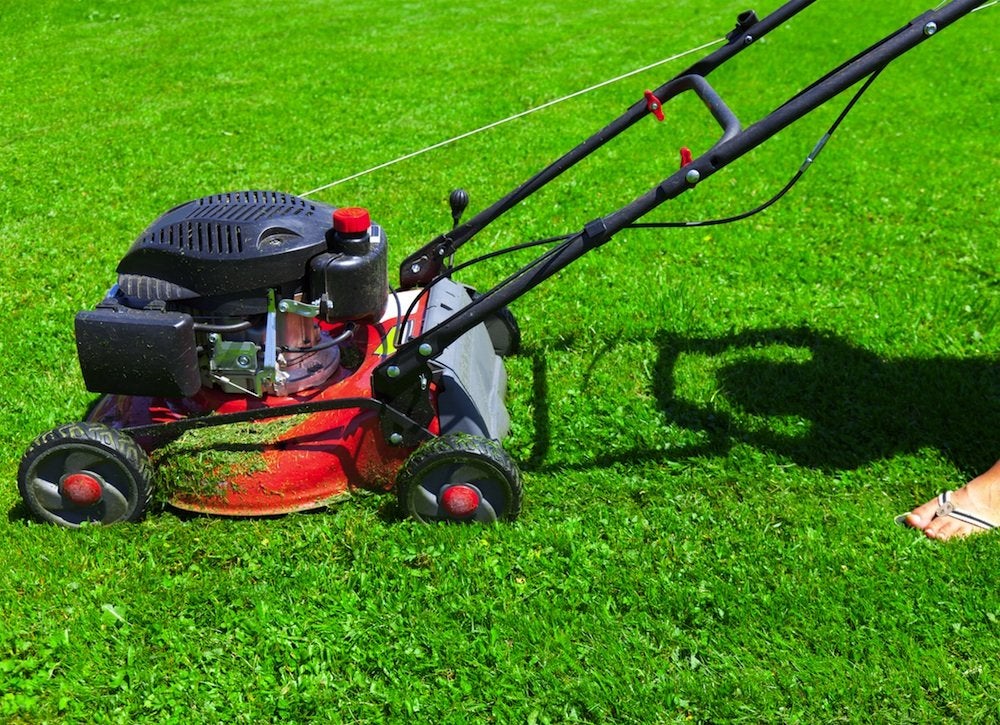
Skip the bag when you mow. Mulching your clippings saves time and is good for your lawn. Grass clippings are 80 percent water and will break down quickly, and as they decompose they’ll invigorate your lawn with vital nutrients.
Related: Ultimate Lawn Care Guide—12 Steps to a Prize-Winning Yard
Make Sure Your Tools Are Sharp
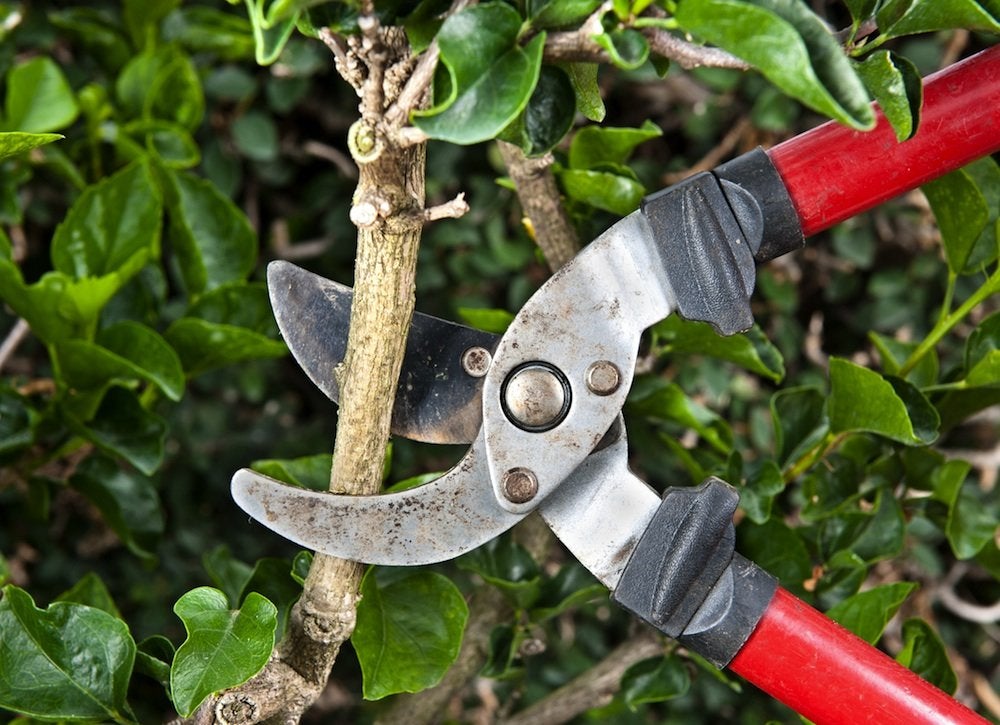
It’s much easier to prune with sharp blades than with dull ones. Sharper pruning tools make cleaner cuts, which heal faster. So, before you set out to clear away dead wood and broken branches this fall, make sure all your pruners, shears, and hedge clippers are sharp, rust-free, and well maintained.
Use a Leaf Blower to Clean Your Gutters
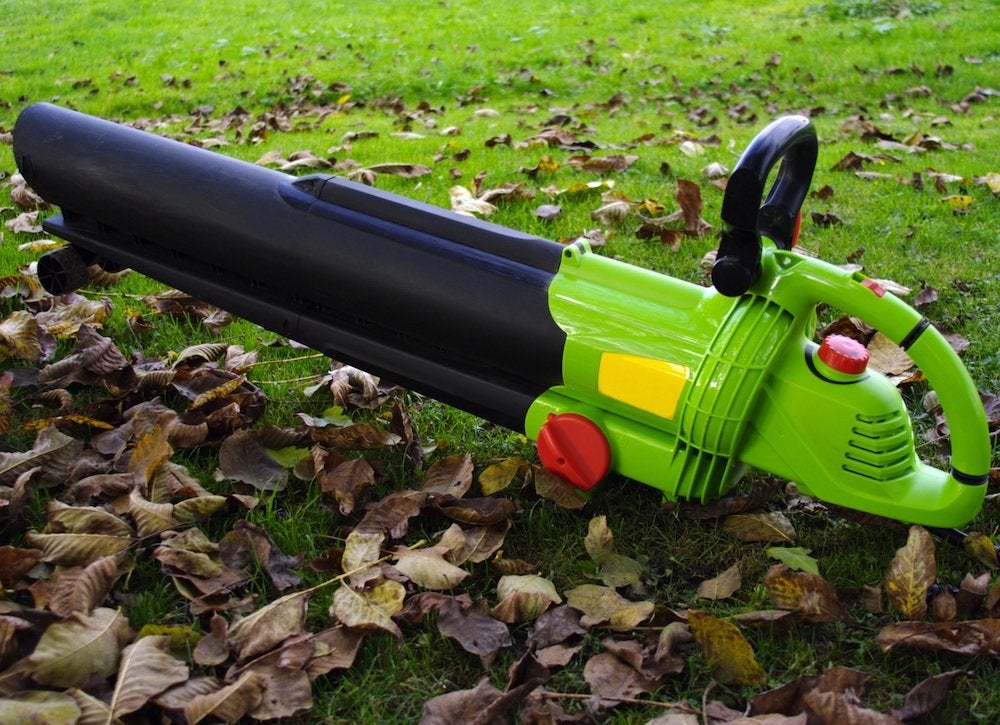
Most leaf blowers can be fitted with a special attachment that will make removing leaves from the gutters much easier and quicker than doing it by hand. Just be sure to clean your gutter before you rake the leaves in the yard—you don’t want to have to rake all over again!
Wear a Tool Belt
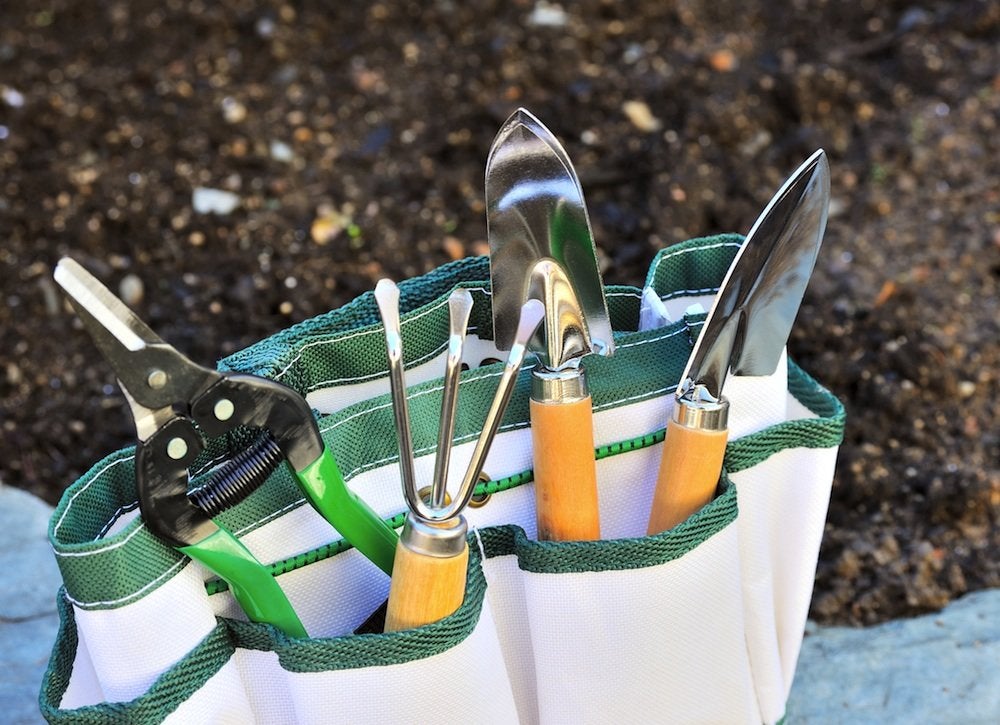
Tool belts are not just for the woodshop. Wear yours as you do your fall yard cleanup to keep all your handheld gardening tools close by. Pruning shears, cultivators, and weeding knives fit easily in the pockets, while loppers and hedge clippers can hang in the hammer holder.
Rake into Rows Instead of Piles
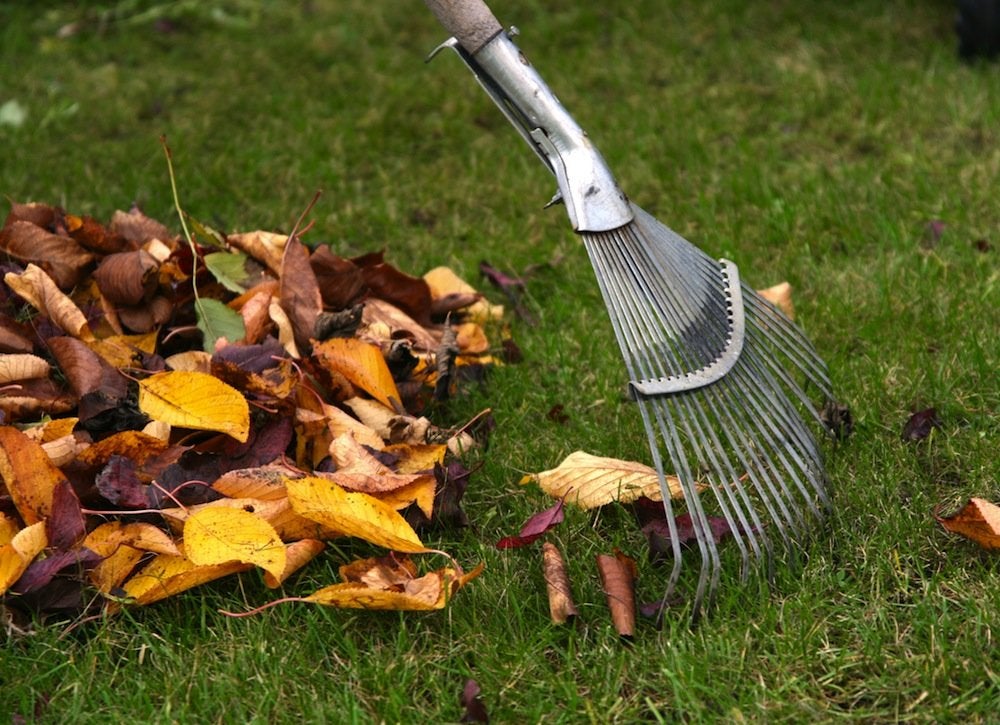
If you are bagging leaves, rake them into rows rather than a large pile. You can then separate a manageable portion of leaves from the end of the row to put into each bag.
Related: 5 Rakes Every Homeowner Should Know
Bungee Grasses Before Cutting
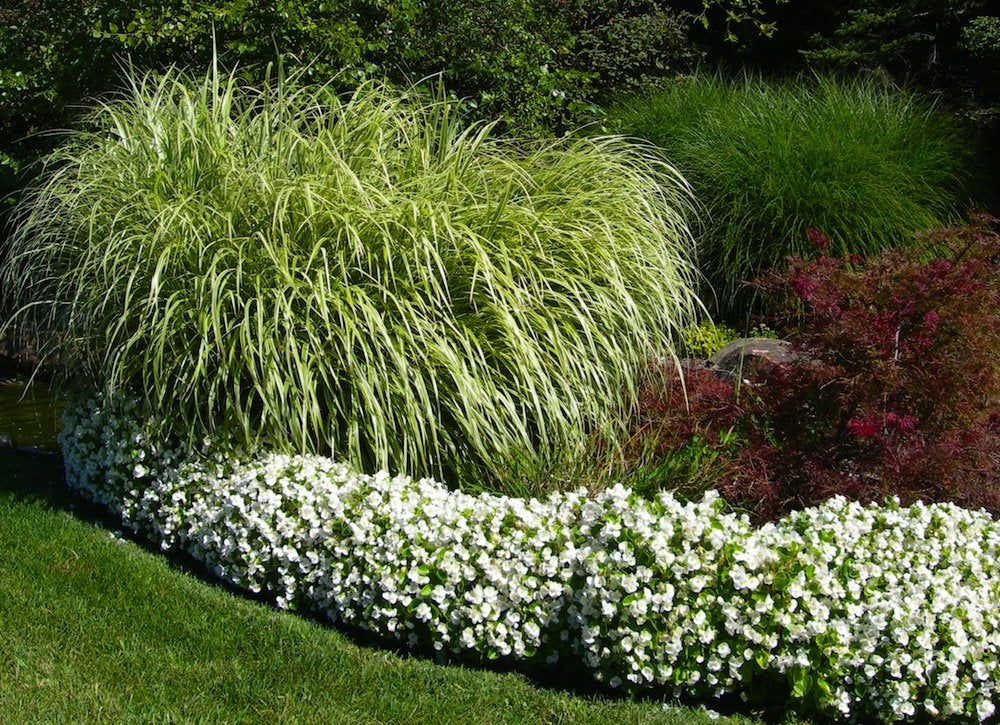
Large ornamental grasses can be daunting to trim back each fall. Make the job quicker and smoother by wrapping a bungee cord around each clump of grass before pruning. The cord will neatly collect the clippings, making them easier to move away from the area when you’re done.
Rake onto Tarps
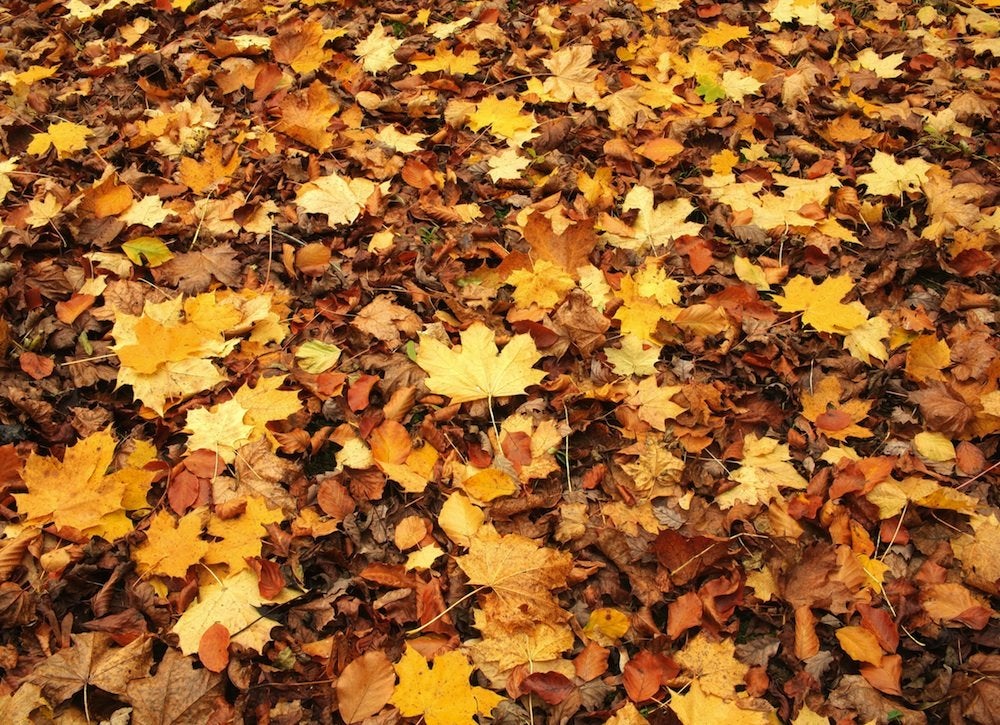
If you don’t need to bag your leaves but plan instead to dump them curbside or in a backyard compost pile, a tarp is your new best friend. Rake your leaf piles directly onto the tarp, and then drag them to their final resting place. Use a tarp when you’re cleaning up your landscape beds as well, so you can easily haul away debris.
Carry a Five-Gallon Bucket
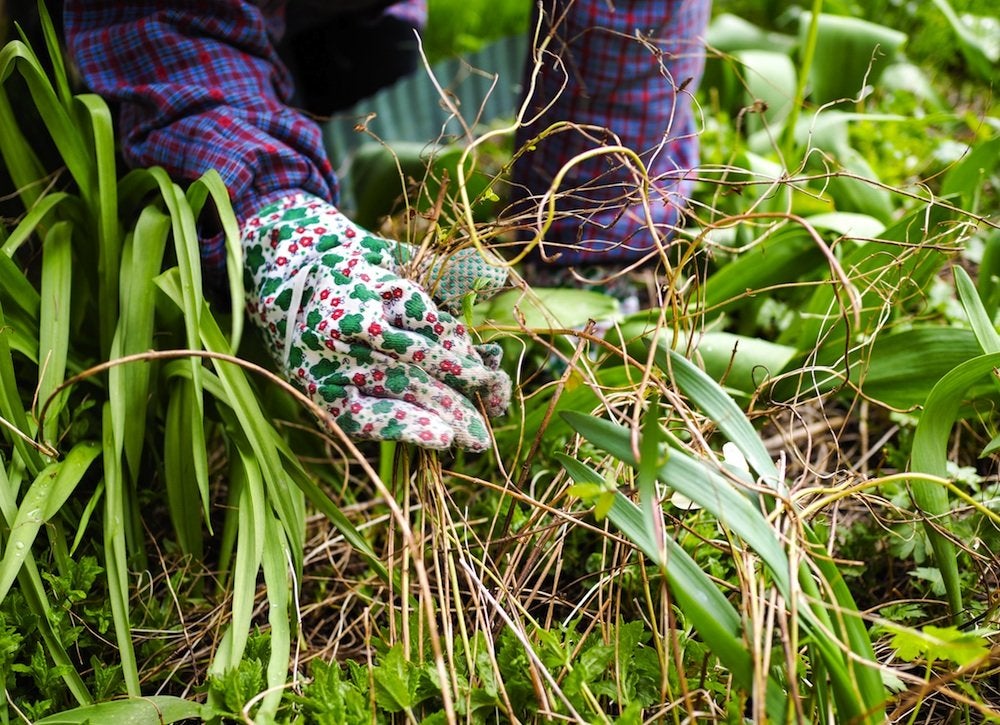
Keep a five-gallon bucket at your side while you do your final weeding for the year. It can hold a lot, but it won’t get too heavy for you move as you progress along the garden bed. You can dump it in with the rest of your yard debris at the end of the job.
Rent a Log Splitter
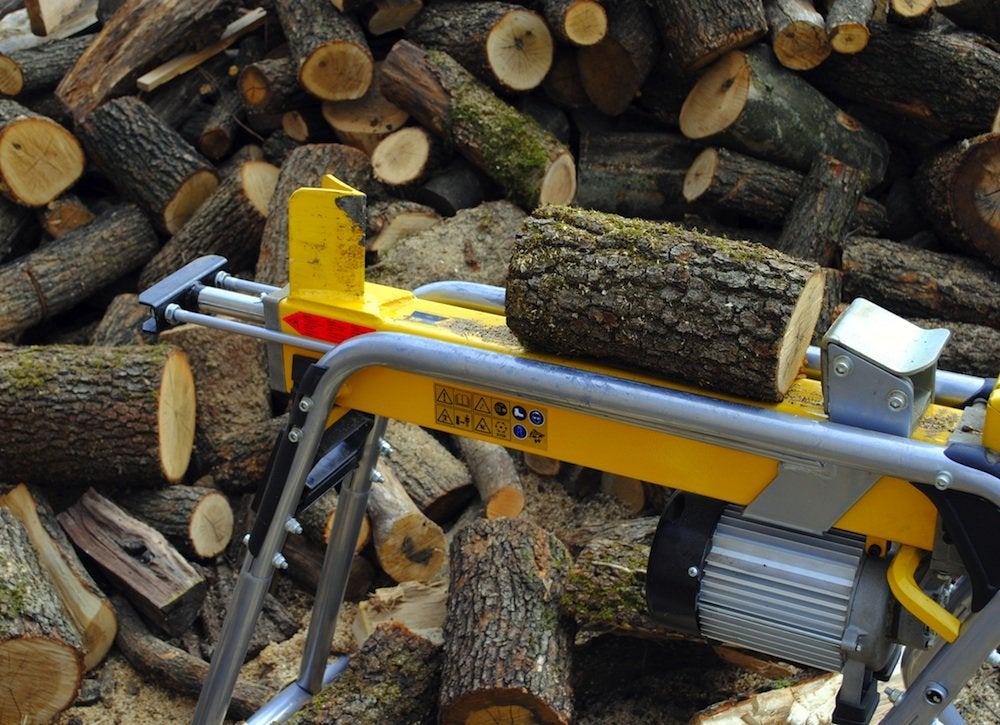
If you have fallen trees that need to be cleaned up, look at the glass as half full—you’ll have plenty of free firewood to burn this winter. But converting a big tree into a large stack of firewood takes a lot of work. For less than $100, you can rent a log splitter for the afternoon and speed through the job. You might even be able to persuade the kids to stack wood for you if they know they’ll get to toast marshmallows over it.
Reclaim Your Weekend

Fall yard maintenance doesn’t have to be a chore when you have the right hacks.